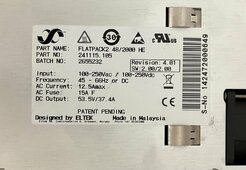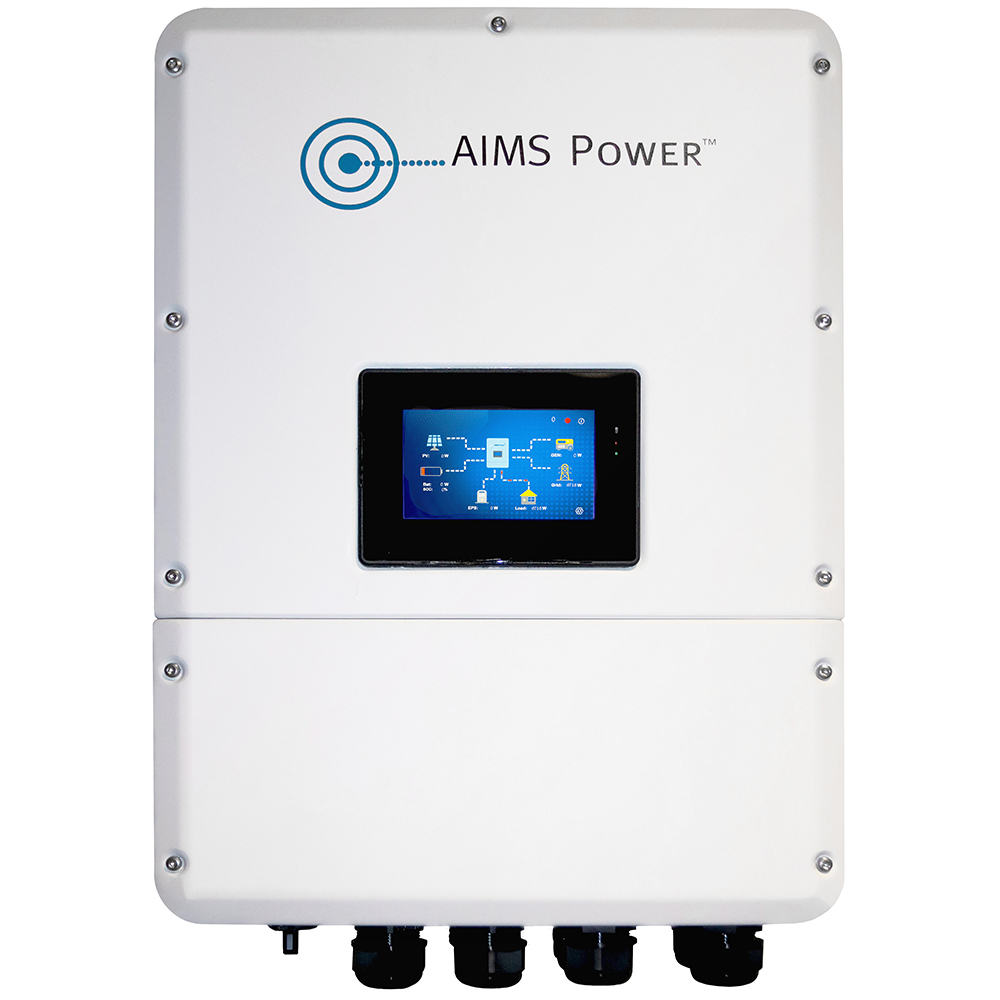Consumerbot3418
Fitting square pegs into round holes... for fun?
I recently picked up an old, used Prius. Planning to use it for transport, and hope to fall back on it as a generator, should the need arise. I've read plenty of threads about using the Prius 12V system to drive an inverter, and the inverter to drive a battery charger, but I'm seriously considering attempting something more direct.
The traction battery is close to a nominal 200V. While monitoring the pack voltage during charging, it reaches about 240V before shutting the engine off again. I happened to pick up some Eltek Flatpack2 HE rectifier modules recently, intending to use them to charge my 48V battery from the grid or a backup generator. But the label on the Flatpack2 says it'll accept up to 250V AC or DC on the input!

Based on that, and the fact that peak-to-peak 250VAC is something like 350V, I'm thinking it may actually be feasible to charge directly from the traction battery. At some point, I'll try to tap the high voltage power cables (using PV wire rated for 600V, maybe?), and then switch through a pre-charge resistor.
This would eliminate the conversion to 12V, and from 12VDC to 120VAC, and from 120VAC to 48VDC. Should be a major efficiency improvement. A single Flatpack2 unit tops out around 35A (2000W), and I've got a means to limit the voltage and current programmatically (better than a Chargeverter!)--another thread about that coming soon!
The traction battery is close to a nominal 200V. While monitoring the pack voltage during charging, it reaches about 240V before shutting the engine off again. I happened to pick up some Eltek Flatpack2 HE rectifier modules recently, intending to use them to charge my 48V battery from the grid or a backup generator. But the label on the Flatpack2 says it'll accept up to 250V AC or DC on the input!

Based on that, and the fact that peak-to-peak 250VAC is something like 350V, I'm thinking it may actually be feasible to charge directly from the traction battery. At some point, I'll try to tap the high voltage power cables (using PV wire rated for 600V, maybe?), and then switch through a pre-charge resistor.
This would eliminate the conversion to 12V, and from 12VDC to 120VAC, and from 120VAC to 48VDC. Should be a major efficiency improvement. A single Flatpack2 unit tops out around 35A (2000W), and I've got a means to limit the voltage and current programmatically (better than a Chargeverter!)--another thread about that coming soon!
Last edited:






